Flight Poisoning?
Due to the negligence of airline manufacturers, thousands of pilots, flight attendants, and even passengers around the world have been poisoned by toxic cabin air, often causing permanent and catastrophic illness and injuries known as Aerotoxic Syndrome. This article will explain the basics you need to know if you are among the 30% of all flyers who have been poisoned by toxic cabin air.
-
What Is Aerotoxic Syndrome?
The term Aerotoxic Syndrome describes acquired acute & chronic ill health caused by exposure to toxic oil fumes present in the breathing air of most commercial jets. Unaware, thousands of people suffer every day, without knowing about this hidden health and safety hazard. The hidden illness is known to affect the central nervous system and brain, causing a range of acute symptoms and long-term ill-health in around 30% of all flyers. The medical, and legal, evidence of the Syndrome is overwhelming. For some (usually pilots and flight attendants), Aerotoxic Syndrome causes total and permanent disability.
-
What Are Fume Events?
A “fume event” is a term used to describe when cabin air becomes toxic and unfit for human consumption, an event that occurs as often as five times per day in the United States alone. Fume events can be identified by abnormal odors, smoke, haze, or fumes in the cabin. For passengers and flight professionals on board, there is no warning and no escape. To understand a fume event, it is important to understand how air compressors are used to simultaneously supply oxygen to passengers and exhaust toxic fumes from synthetic oils when flying at high altitudes.
In the jet engine, air compressors are generally considered to have two “sides,” a dry side and a wet side – both of which are, in theory, never supposed to mix. The “dry” side helps supply oxygen to passengers. Airplanes rely on pressurized air to sustain human life when flying at high altitudes. This pressurized air, known as “bleed air” and is supplied directly from the dry side of the compressor into the cabin with no filtration. Bleed air is extremely hot (between 200 to 250 degrees Celsius) and very high in pressure. After leaving the engine and passing through an air-conditioning pack, where it is cooled, the bleed air is combined with recirculated cabin air before it enters the cabin at a ratio of 50/50. On the wet side, the air compressor acts as an exhaust system which dispels toxic gas caused by super-heated synthetic chemicals used as oil to lubricate the engine. The engine oils contain a percentage of highly toxic organophosphate additives as anti-wear agents. The oil becomes partially decomposed, i.e. chemically altered (‘pyrolysed’/ thermal degradation) due to the extremely high temperatures in the jet engine. The gases and fumes from this process are so toxic that a 1972 Circular published by the FAA includes a paragraph titled “IS YOUR AIRCRAFT A DEATH TRAP?”
So-called wet-seals are used to keep the toxic exhaust fumes and bleed air separated so toxic gases are not released into the cabin. However, wet seals are not really seals at all, they are controlled leakage devices. In other words, a certain amount of toxic gas mixes with the cabin air by design meaning that there is at least some low level of toxicity in the cabin air at all times – in fact, it is well established that bleed air is contaminated with at least 127 toxic substances. The “low” toxicity levels affect different people in different ways and for airline professionals like pilots and flight attendants, repeated exposure over time can have serious consequences. Even worse, the wet seals are known to frequently fail entirely, suddenly, and without warning, while the airplane is miles from the ground, traveling hundreds of miles per hour. During these major failures, known as fume events, passengers have reported abnormal odors, smoke, haze, or fumes in the cabin. Thus, while the term “fume event” adequately describes sudden failures of the wet seals, it is misleading to think that the air is only contaminated after a wet seal failure. In fact, pressurized cabin air is toxic all the time in most commercial airplanes.
The KJC Law Firm is currently accepting suspected cases of flight poisoning for investigation so that manufacturers and airlines can be held accountable for the harms that they have caused. If you or a loved one has been exposed to toxic cabin air, please contact KJC Law Firm.






